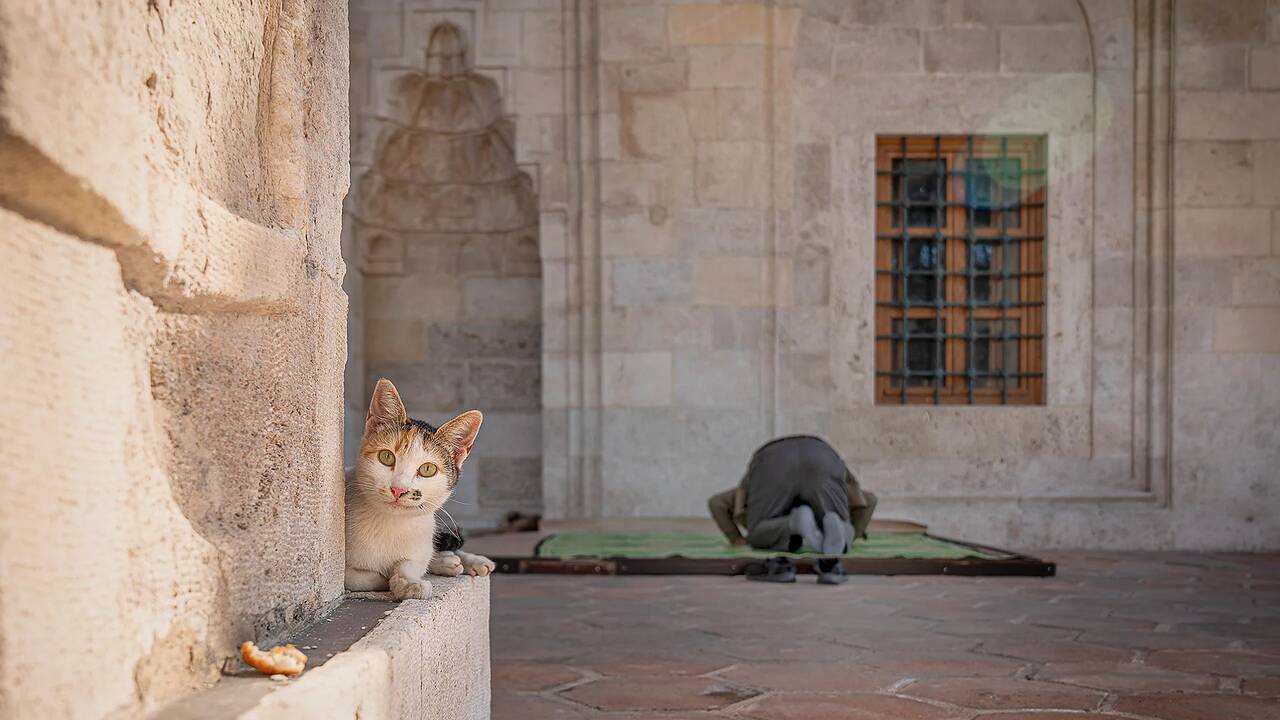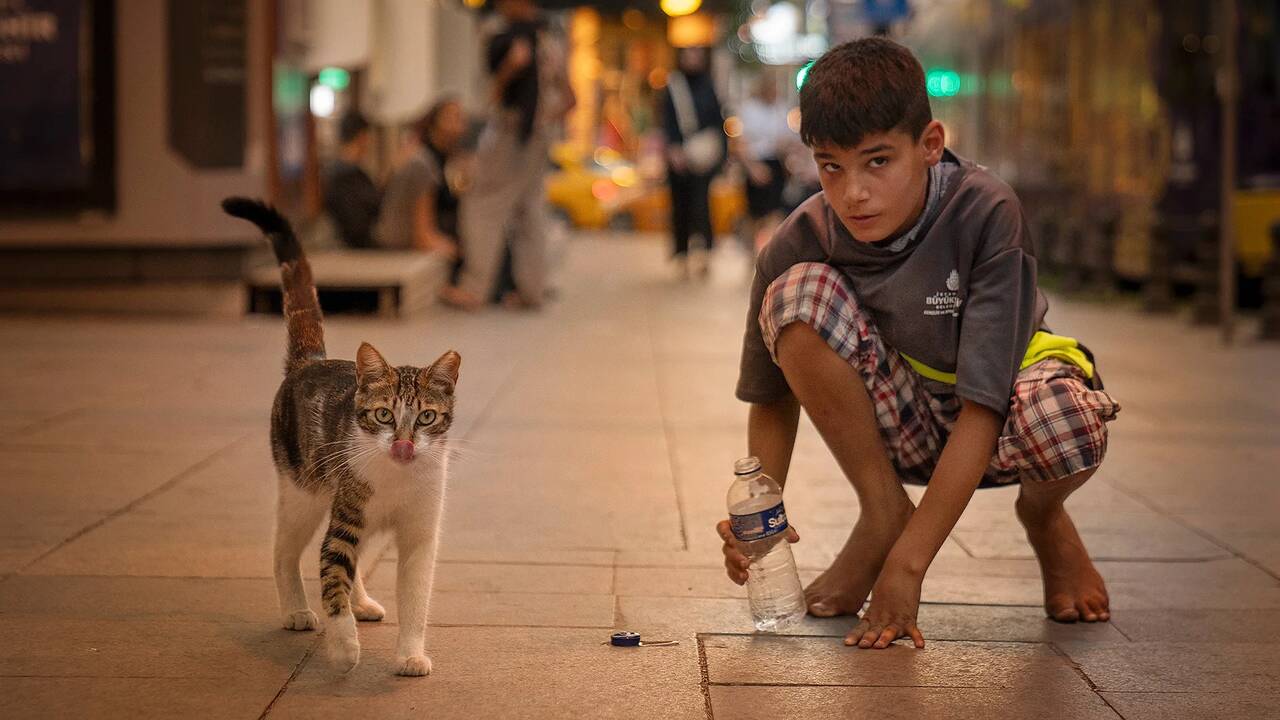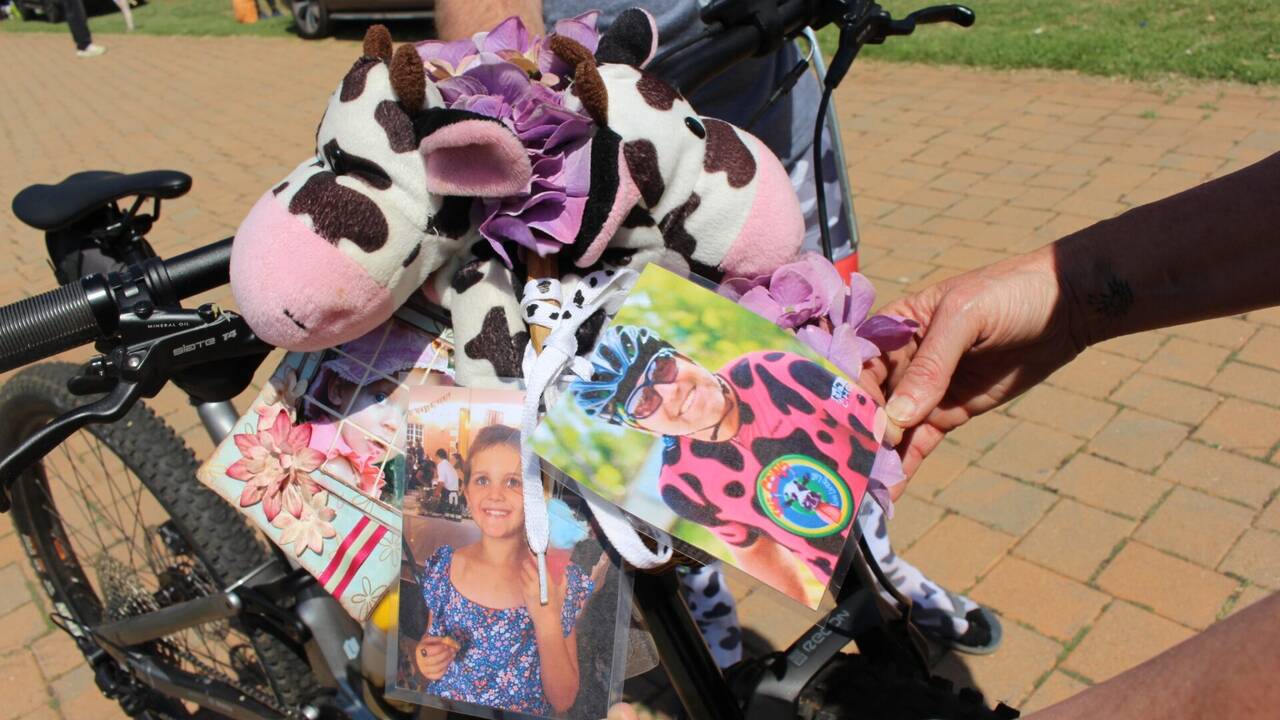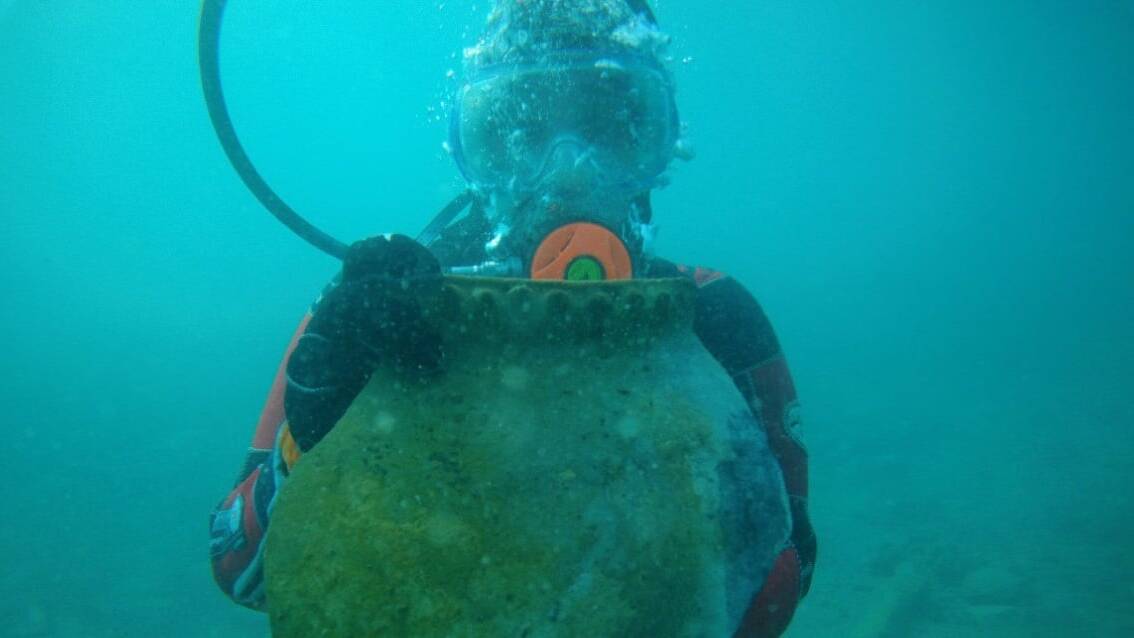Catstanbul: Inside the city where cats rule the streets
BBC | 19.11.2025 20:00
From Ottoman "cat sitters" to modern-day street guardians, Istanbul's bond with its cats runs centuries deep.
In Istanbul, a delicate balance is struck daily in its winding streets, mosques, metro stations and cafés.
More than 15 million people compete for space in the Turkish capital, which straddles Europe and Asia on either side of the Bosphorus, much like a house cat perched half on the sofa, half on the coffee table. That's the appropriate visual, because there are an estimated quarter of a million stray kitties living here, too. Cats are woven into the very fabric and history of the city, as ubiquitous as the rugs for sale on every corner. This is a city shared; a city that purrs incessantly with love and life.
"Istanbul cats are, on the whole, neither pets nor strays, but a hybrid of those terms," says Marcel Heijnen, photographer and author of City Cats of Istanbul, adding that the cats are not owned by specific people "but taken care of by the community in their respective neighbourhoods".
He notes a local reverence for cats that he has not witnessed elsewhere. "Each municipality has a veterinary department that helps street animals in their district, with free neutering service for street cats," explains Fatih Dağlı, co-founder of Cat Museum Istanbul. "Private animal clinics also offer discounted services for street cats, and residents often chip in to pay the vet bills."
This devotion to cats is hardly new. "The adoration of stray cats dates back to when Istanbul was under Ottoman rule," says Heijnen. "During this period, local foundations made sure that stray animals were taken care of. That love for strays turned into a full-time profession when a job called mancacı ("cat sitter") was created. "Mancacıs were tasked with the job of making sure the city's cats were fed, with the residents also having the option of buying food from mancacıs and feeding the kitties themselves."
Dağlı traces the relationship back even further. "Since the Phoenicians, it was very common for sea traders to keep cats on board to guard against rodents," she says, adding that as silk and spice merchant ships arrived in busy Istanbul ports during the Roman and Ottoman eras, so did countless felines.
Today, the human residents of Istanbul still happily share their spaces, inside and out, above ground and below, with their city of cats. So much so that the nickname,"Catstanbul" is widely used by feline fanciers around the world – and many tourists make the trek here because of the cats.

During my own visits, I've come to appreciate how, in such a loud, hectic metropolis, the street cats of Istanbul prove themselves to be its quietest citizens. Whether sharing a wooden bench as I sit to catch my breath after walking uphill to see the Galata Tower or sidling up on a seawall as I admire the 360-degree view of the city from the water, Istanbul's kitties have provided me with a much needed a sense of calm in a place that can sometimes feel chaotic.
And I've seen countless cats offer this same kind of care to others who willingly pause and pat their welcoming lap, a friendly invitation that knows no border or language barrier. Everyone, even cats surviving on the street, deserves such kindness. As Heijnen can attest, when an Istanbul cat chooses your lap for a nap, as the smell of kebab meat, saffron, grilled corn and fresh mackerel swirl about you, Istanbul becomes a softer, more pleasant attack on the senses.
 Jeff Bogle
Jeff BogleCities are rarely recognised for their softness. They are built for people, filled with oversized elements like roads, buildings and bridges, and made of hard materials like bricks, concrete, glass and steel. "To have another living species claiming their own place in that mix is really special. Witnessing the locals caring about these fellow earthlings is even more so," says Heijnen.
More like this:
Unlike some less hospitable spots around the globe, where life on the streets is far less kind to stray animals, the cats of Istanbul seem to have it made. Walk the historic area of Fatih to see the famous Blue and Hagia Sofia mosques, and you're likely to spot Sulo the cat. The plump grey and white tabby will be posing be posing for tourist photos in Sultanahmet Square, never far from the newsagent who cares for him. In hillside neighbourhoods and along the Bosphorus, cats lounge on benches and steps and curl up for midday naps in A-frame wooden cat houses. Outside markets and metro stations, bowls of dry food and water wait for hungry kitties to pass by, and locals and visitors share portions of their café meals with street cats gently brushing up against legs.

Many shops also keep cats as pets, an effective lure for visitors to venture inside. Many more leave out food and water bowls for strays passing by, like commuters on their way to and from work. "The symbiotic relationship between cats and humans first began in this part of the world," said Heijnen. "During Ottoman times, cats were kept for practical reasons. They worked to help keep vermin away from stored food."

These days, cats have a different job. They are unofficial tourist ambassadors, softening the edges of a hard, busy city. Many of Istanbul's street cats will appear at your feet and in your photos, their faces, paws and purrs remaining lodged in your head and heart long after you leave this place. They are an alluring reminder of what's possible when we peacefully share our spaces, our food and our lives with others, at home and while travelling.









